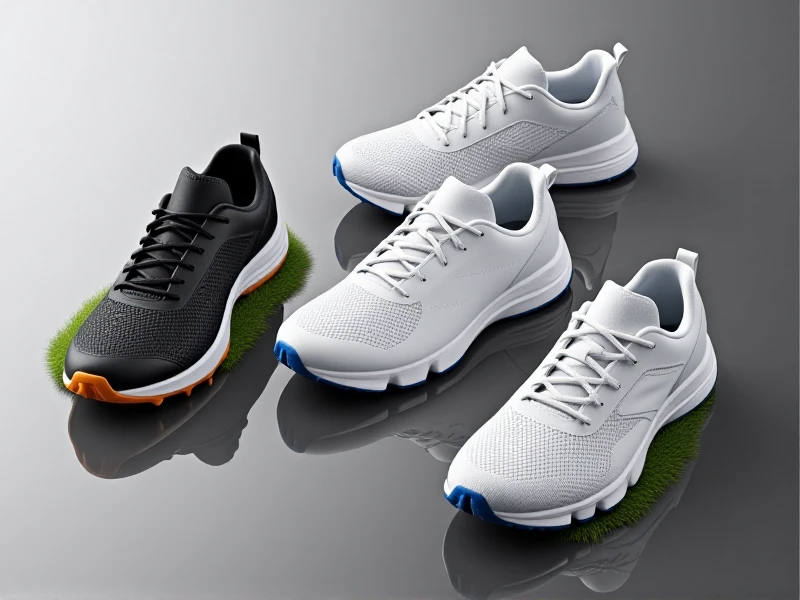
Unlock Your Potential: Your Expert Guide to Choosing Training Shoes
Choosing the right training shoes isn't just about style; it's a fundamental step towards maximizing your performance, preventing injury, and achieving your fitness goals. Unlike specialized running shoes or court sneakers, training shoes are designed for versatility, handling the dynamic, multi-directional movements common in gym workouts, HIIT classes, functional training, and even lighter weightlifting sessions.
What truly sets exceptional training shoes apart? Look for these key features:
- Optimal Cushioning & Responsiveness: Training demands cushioning that protects your joints during jumps and lifts without sacrificing the ground feel and responsiveness needed for quick pivots and agility drills. Balanced midsoles provide comfort during impact while keeping you connected to the surface.
- Superior Stability & Support: Lateral movements, weighted lunges, and sudden stops require shoes built on a stable platform. A secure fit through the midfoot and heel, often achieved with features like internal heel counters and structured uppers, prevents unwanted rolling and provides confidence during side-to-side motions.
- Excellent Flexibility & Traction: Your feet need freedom to move naturally across multiple planes. Flexible forefoot zones work alongside grippy, multi-directional outsoles. Whether you're on turf, gym rubber flooring, or a studio surface, confident traction is non-negotiable for safety and power transfer.
- Durable, Breathable Uppers: Training gets intense and generates heat. Look for lightweight mesh uppers that promote airflow to keep your feet cool and comfortable. Reinforcements in high-wear areas, like the toe box and midfoot overlays, enhance durability without adding excessive bulk.
Getting the Perfect Fit for Your Training Shoes
A proper fit is paramount. Ever experienced blisters or squished toes mid-circuit? It's rarely the workout's fault! When trying on training shoes:
- Wear the socks you typically work out in.
- Ensure about a thumbnail's width of space between your longest toe and the shoe's end.
- Check for a snug but comfortable fit in the heel and midfoot – your foot shouldn't slide or feel pinched.
- Test movements: Lunge, jump lightly, and simulate lateral shuffles. Your foot should stay secure, and the shoe should bend naturally at the forefoot.
Why Specificity Matters
Tempted to wear your running shoes for everything? Think again! Running shoes are engineered for heel-to-toe motion in a straight line. They often lack the lateral stability needed for training, potentially leading to ankle rolls. Dedicated training shoes provide the right foundation for your entire routine, offering support where you need it and flexibility for complex movements.
Investing in the right pair of training shoes is investing in your body and your results. They are the critical interface between you and your workout surface, translating your effort into power and keeping you safe. Choose wisely, prioritize function over fleeting trends, and feel the difference expert footwear makes in every rep, jump, and stride toward your peak performance.
Ready to step up your game? Visit us to explore our top-reviewed training shoes and find your perfect pair. Your feet (and your gains) will thank you!